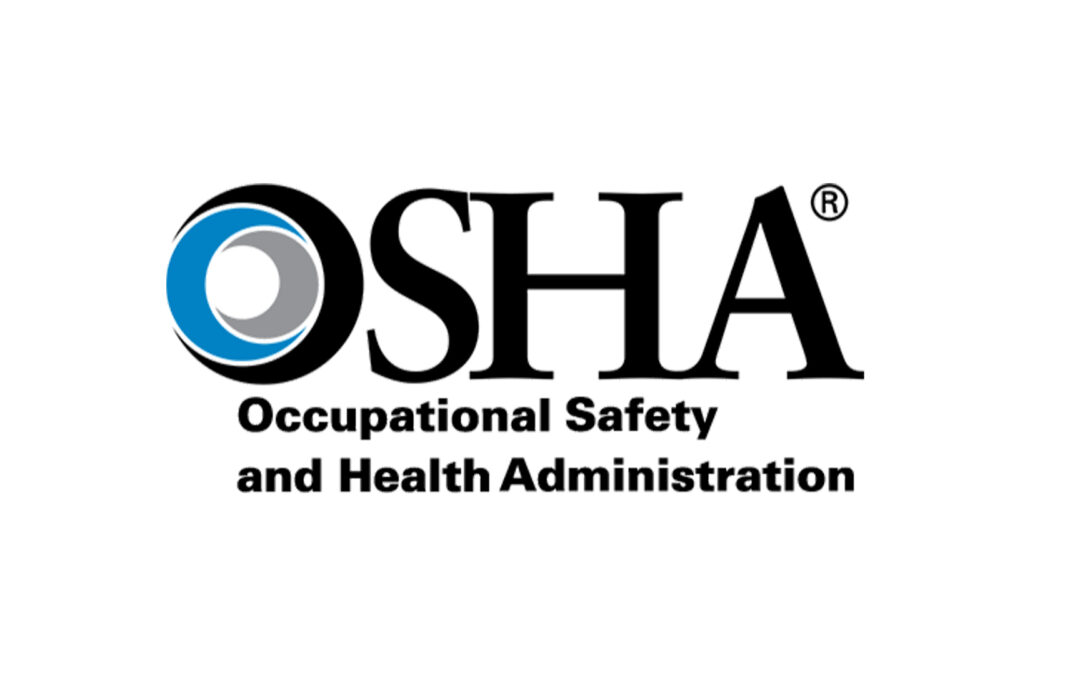In a significant move to enhance workplace safety, the U.S. Department of Labor has recently announced a final rule that expands the submission requirements for injury and illness data provided by employers in designated high-hazard industries. This new rule, set to take effect on January 1, 2024, has the potential to transform the way workplace safety is monitored and improved. In this blog post, we’ll delve into the specifics of these requirements and explore how the Anvl safety application can play a crucial role in ensuring compliance and fostering safer work environments.
Understanding the New Requirements
The final rule mandates that certain employers in high-hazard industries must electronically submit injury and illness information to the Department of Labor’s Occupational Safety and Health Administration (OSHA). These employers are already obligated to maintain this data, but the rule aims to streamline reporting and enhance data quality. Here are the key submission requirements:
1. Annual Submission: Establishments with 100 or more employees in designated high-hazard industries must submit information from their Form 300-Log of Work-Related Injuries and Illnesses, as well as Form 301-Injury and Illness Incident Report to OSHA once a year. These submissions are in addition to the existing requirement of submitting Form 300A-Summary of Work-Related Injuries and Illnesses.
2. Include Legal Company Name: To improve data accuracy, employers must include their legal company name when making electronic submissions to OSHA from their injury and illness records.
3. Public Access: OSHA will publish some of the collected data on its website. This transparency initiative allows various stakeholders, including employers, employees, potential hires, employee representatives, customers, researchers, and the general public, to access and utilize workplace safety and health data. The goal is to empower individuals and organizations to make informed decisions about a company’s safety and health record.
Anvl Safety Application: Your Compliance Partner
With the implementation of these new requirements, employers in high-hazard industries must adapt quickly to ensure compliance. This is where Anvl’s safety application can make a substantial difference. Anvl is designed to assist employers in managing workplace safety and health effectively, aligning perfectly with the objectives of the new OSHA rule.
Here’s how Anvl can help:
1. Streamlined Data Collection: Anvl offers a user-friendly platform for collecting and managing injury and illness data. The application simplifies the process of recording incidents, ensuring that all necessary information is documented accurately.
2. Real-Time Reporting: Anvl enables real-time reporting of workplace incidents, allowing employers to meet the annual submission requirements seamlessly. This feature ensures that OSHA receives timely and accurate data.
3. Data Quality Assurance: By providing a structured framework for data input, Anvl minimizes errors and omissions. Employers can trust that the data they submit meets OSHA’s high standards for accuracy and completeness.
4. Enhanced Safety Insights: Anvl doesn’t just help with compliance; it also offers valuable insights into workplace safety trends. Employers can use this information to proactively address safety issues and reduce the risk of injuries and illnesses.
In conclusion, OSHA’s new reporting requirements for high-hazard industries signify a positive step toward improving workplace safety. Employers must prepare for these changes, and the Anvl safety application can be a valuable ally in this endeavor. By leveraging Anvl’s capabilities, employers can ensure compliance with the new rule, maintain accurate and high-quality data, and most importantly, create safer work environments for their employees.
Anvl: Let’s Get to Work
Ready to see how Anvl can impact your organization? Contact one of our experts today.


